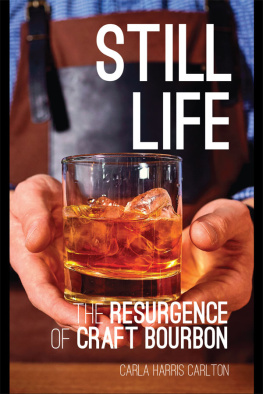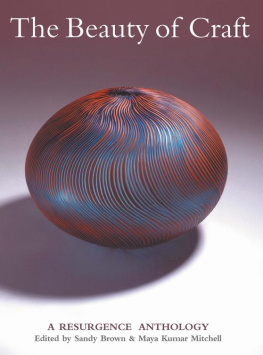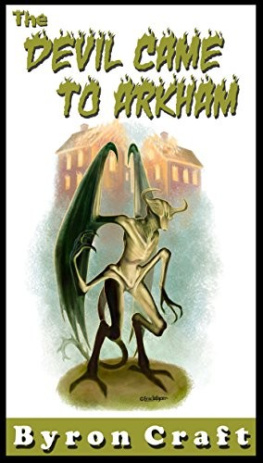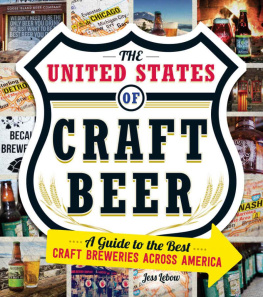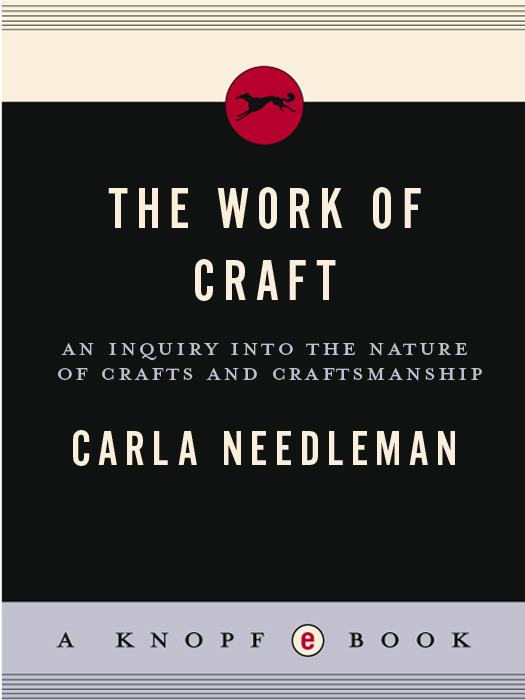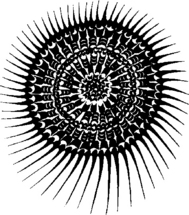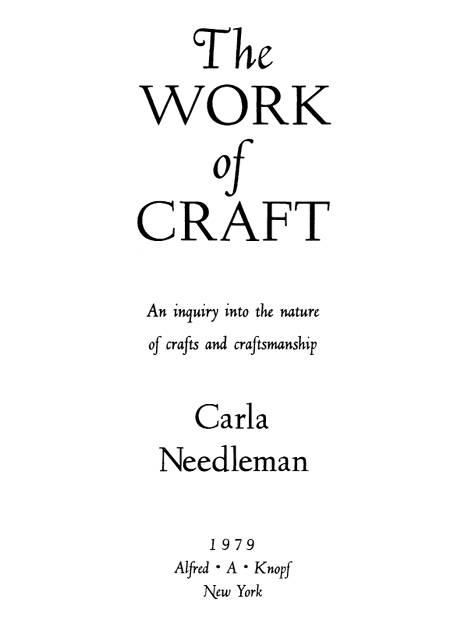THIS IS A BORZOI BOOK
PUBLISHED BY ALFRED A. KNOPF, INC.
Copyright 1979 by Carla Needleman
All rights reserved under International and Pan-American Copyright Conventions.
Published in the United States by Alfred A. Knopf, Inc., New York, and simultaneously in Canada by Random House of Canada Limited, Toronto.
Distributed by Random House, Inc., New York.
Grateful acknowledgment is made to the following for permission to reprint previously published material: Grove Press, Inc.: Excerpt from Hsi Kang on , Letter to Shan Tao, translated by H. R. Hightower, in Anthology of Chinese Literature, compiled and edited by Cyril Birch.
Copyright 1965 by Grove Press, Inc.
Reprinted by permission.
Library of Congress Cataloging in Publication Data
Needleman, Carla, [Date]
The work of craft.
1. HandicraftPhilosophy. I. Title.
TT 149.N43 745.501 79-2118
eISBN: 978-0-307-82810-1
v3.1
For my mother
Contents





Pottery: A Personal Exploration

T he need for positive results is so much a part of our way of life, the attitude of the achiever is so fixed in us, that we scarcely can envision a different way of life. We stand in so peculiar a relationship to results that the products of our own hands bring about a confusion in us. We need to know, right away, whether they are good or bad; we need to know, to pin down, to decide, so that we will know how to feel. The fact of our lives is uncertainty, and we crave certainty. The fact of our lives is change, movement, and we long for arriving.
I dont know what to feel when I look at a pot Ive made. The relationship between myself and this object, my production which now exists independently of me, is ambiguous and unsure. There is something I need to understand that I dont know how to ask about, a question that cant form itself in me past the first word: why? Or perhaps: how? There must be a right question if only I knew how to frame it. Where to begin?
I have, I realize, already begun. My medium is, accidentally or by natural inclination, pottery. I will need to be very sensitive, to attend very carefully to my movement in the studio if I am to look for the unknown in the only place it can be real to me, here in the midst of the known.
What is it to make something? I knew this clay before it was born, when it was nothing, just a special kind of dirt. I wedged it so that it became even and smooth, without air bubbles, a consistent something and not just a chunk torn off a bigger chunk. I put it on the wheel and put the wheel in motion and with a steady pressure of my hands brought the clay into roundness. My fingers made a well in the center of the roundness and my left hand went inside and pulled over toward my right hand to make the base. The two hands together squeezed the clay and pulled it up into a cylinder, a simple form.
Then I tried to understand something about form through the medium of this very flexible material. The locked-in pattern of my habitual thought quickly came in to fill the space beginning to open in me. I became aware of a moment of tension as the thought tried to answer, to protect me from the helplessness of not knowing.
I wondered again why I bother, what there is about pottery that draws me again and again to this moment of unsureness. Why do I keep coming back, keep making mediocre pots? The clay passed through several transitory shapes on the theme of a single curve. What in me monitors the shapes, rejecting some and accepting others? I experienced a kind of impatience, a wish to choose. Finally I liked the shape. It was apparent that the choice was a victory of the need to choose, to settle on something, over the need to experience something new.
I went on. The shoulder, neck, and lip of the pot had to be brought into correspondence with the body. I took the easy way out; I did it, made them, feeling only slightly uneasy. Thought told me that I didnt have time to wait for exactly the right lip to appear to me. I tasted what it is in me that meets the world; I have made this shape before. I took the pot off the wheel and set it aside. The next day, when it was firm enough, I trimmed away the excess clay. I trimmed too much, some of the vitality of the pot was sacrificed to a superficial sophistication of form. It is very familiar. The pot was put to dry. Weeks later it was fired. The fired pot was pleasant, I told myself.
I painted a design on it. It took me hours and I worked with a great deal of care and concentration. Nevertheless, what I call impatience, the need to get on with it, kept the design ordinary. I glazed the pot and fired it again. When I first saw it, in the first moment when I took it out of the kiln and the pot was new to me, I realized that the lip is weak, that the curve is far from subtle. The pot is very light. I remembered briefly that the lightness is more from the trimming than the throwing, but it doesnt show and I put the thought aside. In all honesty, and the moment of honesty is terribly short, I dont know how I feel about this pot.
The discomfort of this moment is very like the discomfort of searching for form on the wheel. I sense that in the need to decide whether Im pleased or displeased with the pot, pleased or displeased with the way I worked at making it, pleased or displeased with myself as a potter, as a person, in this either/or I close myself off from the living wholeness of experience. But the moment passes and I decideits a decent pot with some not too obvious flaws.
For me this is what its like to work at a craft. This is what really takes place.
I am not suggesting that the attitude toward results is the only attitude conditioning the way a craftsman works or even that this attitude can be, or is, obvious to me every time I sit down at the wheel. To suggest that would be to hang everything on one hook, an unwise procedure no matter how big the hook is. I do suggest that the desire to succeed is the progenitor of real failure and that this attitude is a far more subtly pervasive force than we realize. We dont recognize it because our lives do not offer us other options. The craving for results in objects, or in opinions, the need to name, the need to know, which means to end the discomfort of not knowing, is the seemingly innocuous backdrop against which all our activities take place. I dont know how to feel about the pot because I dont know how to feel about myself. The pot and I then make a closed circle in which no new knowledge can enter precisely because it hasnt been asked for.


